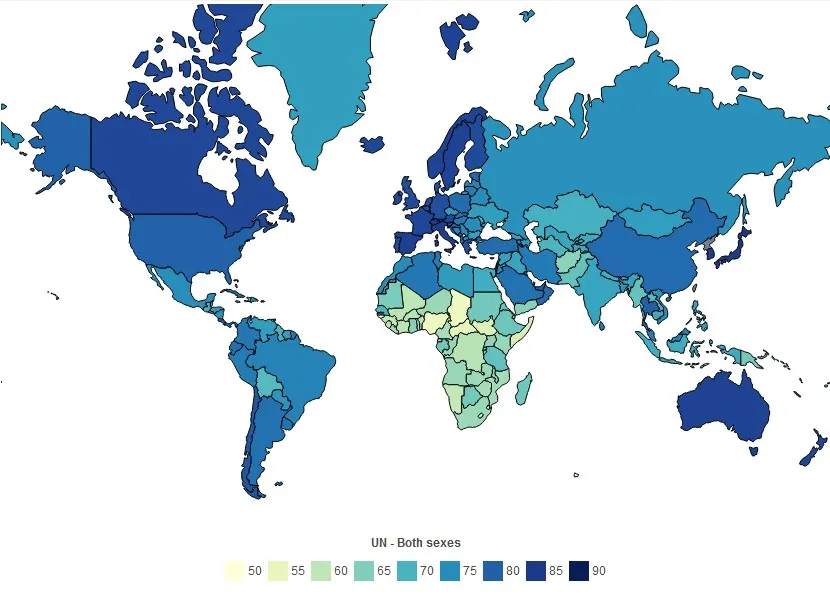Canada is a vast country known for its natural beauty, diverse culture, and friendly people. In 2019, the population of Canada was approximately 37.59 million, making it the 38th most populous country in the world. Here are some fascinating facts about the population of Canada:
- Canada is one of the least densely populated countries in the world. With a land area of 9.98 million square kilometers, Canada has a population density of just 3.8 people per square kilometer.
- More than half of the population of Canada lives in just three provinces: Ontario, Quebec, and British Columbia. These three provinces are also home to the largest cities in Canada, including Toronto, Montreal, and Vancouver.
- The indigenous population of Canada is growing faster than the non-indigenous population. In 2016, the indigenous population in Canada was estimated to be around 1.7 million, accounting for 4.9% of the total population. Between 2006 and 2016, the indigenous population grew by 42.5%, compared to a growth rate of 11.8% for the non-indigenous population.
- Canada has a high level of immigration. In 2019, approximately 313,580 people immigrated to Canada, making it one of the most popular destinations for immigrants in the world. India, China, and the Philippines are the top countries of origin for immigrants to Canada.
- Canada has one of the highest life expectancies in the world. In 2019, the average life expectancy in Canada was 81 years. This is partly due to the high standard of living, access to quality healthcare, and healthy lifestyle habits of many Canadians.
- Canada has a low birth rate. In 2019, the fertility rate in Canada was just 1.5 children per woman, which is below the replacement level of 2.1 children per woman. This means that without immigration, Canada’s population would be declining.
- The population of Canada is expected to continue growing in the coming years. According to Statistics Canada, the population is projected to reach 48.5 million by 2050. This growth is due to both natural increases (births minus deaths) and immigration.
Map of Life Expectancy by Country 2023

In conclusion, Canada’s population is diverse, growing, and concentrated in a few urban centers. Despite its low birth rate, Canada remains a popular destination for immigrants and has a high standard of living and life expectancy. As Canada continues to grow and change, it will be interesting to see how its population evolves in the years to come.
Sources:
- World Bank Open Data: Population density (people per sq. km of land area) – Canada. Retrieved from https://data.worldbank.org/indicator/EN.POP.DNST?locations=CA
- Statistics Canada: Population by year, by province, and territory. Retrieved from https://www150.statcan.gc.ca/t1/tbl1/en/tv.action?pid=1710000901
- Government of Canada: Indigenous peoples in Canada. Retrieved from https://www.rcaanc-cirnac.gc.ca
- Government of Canada: Facts and figures 2019 – Immigration overview: Permanent residents. Retrieved from https://www.canada.ca/
- World Population Review: Life expectancy by country 2021. Retrieved from https://worldpopulationreview.com/country-rankings/life-expectancy-by-country
- Statistics Canada: Fertility: Actual and desired fertility by age group and sex. Retrieved from https://www150.statcan.gc.ca/
- Statistics Canada: Population projections for Canada (2018 to 2068), provinces and territories (2018 to 2043): Methods and assumptions. Retrieved from https://www150.statcan.gc.ca/